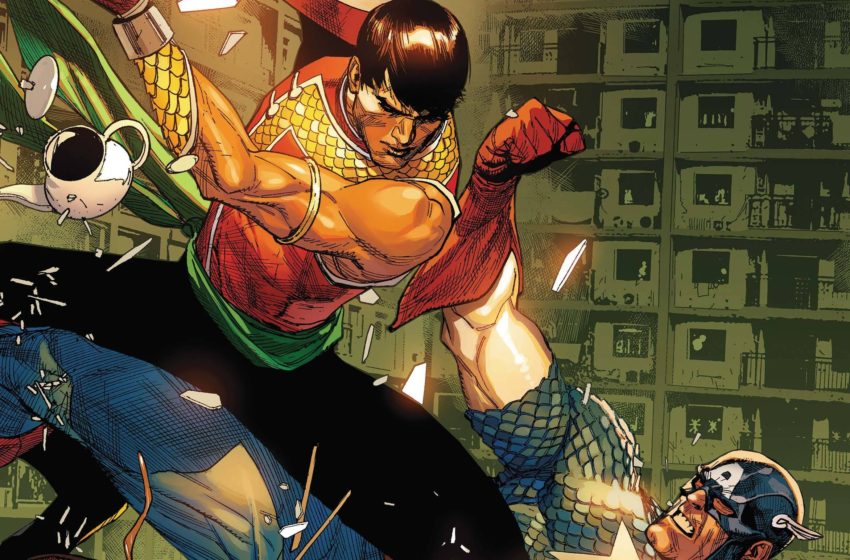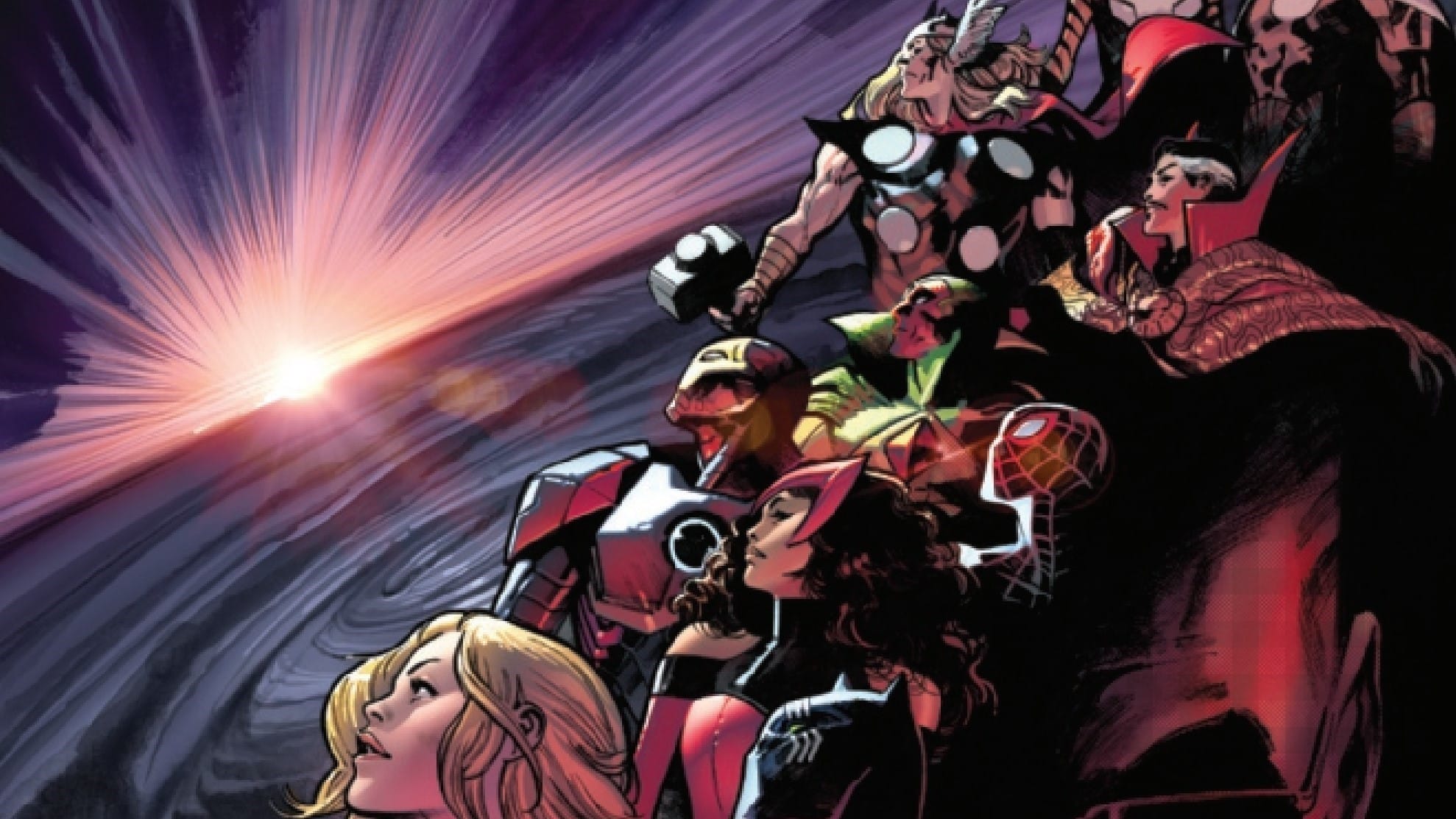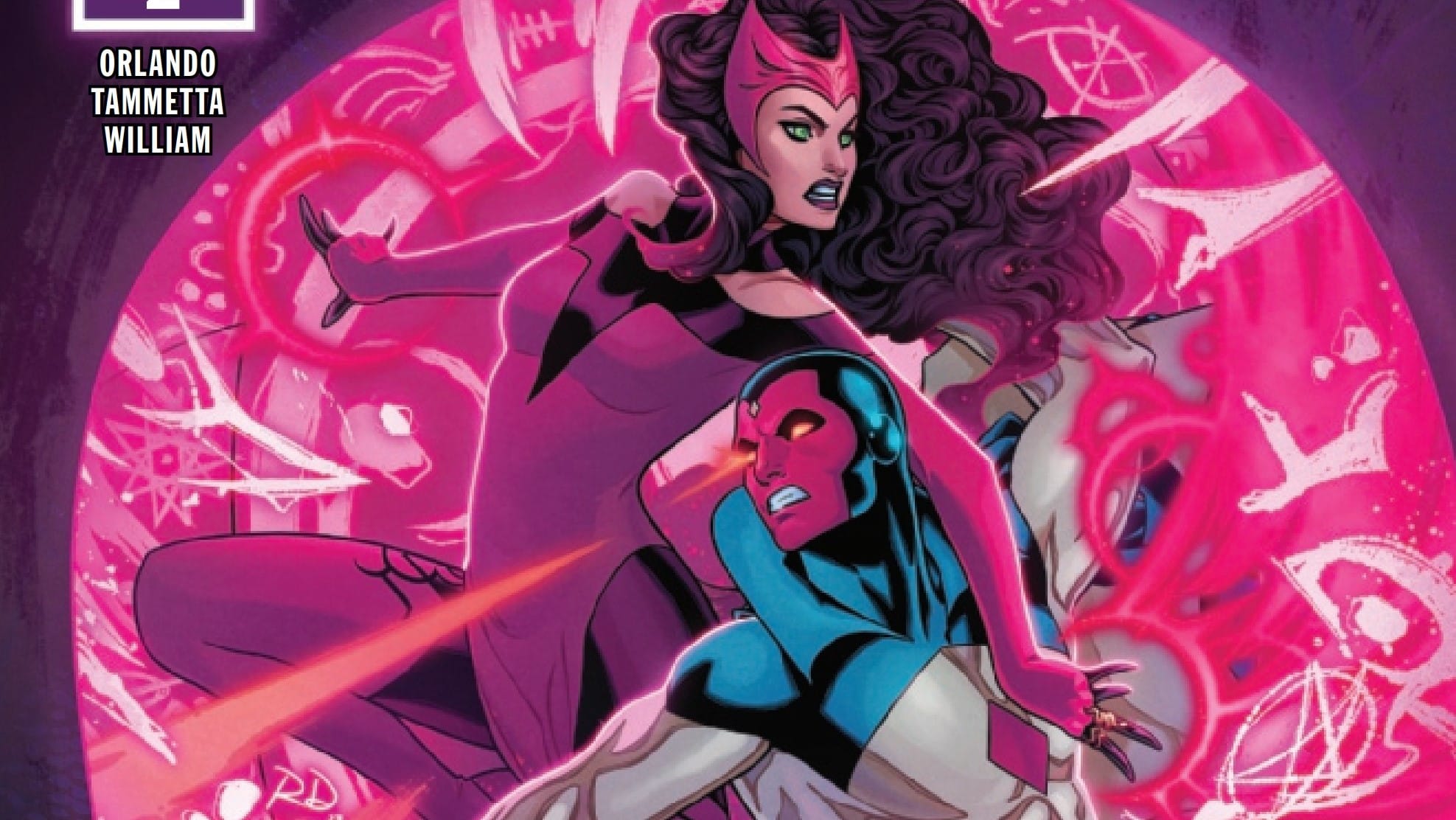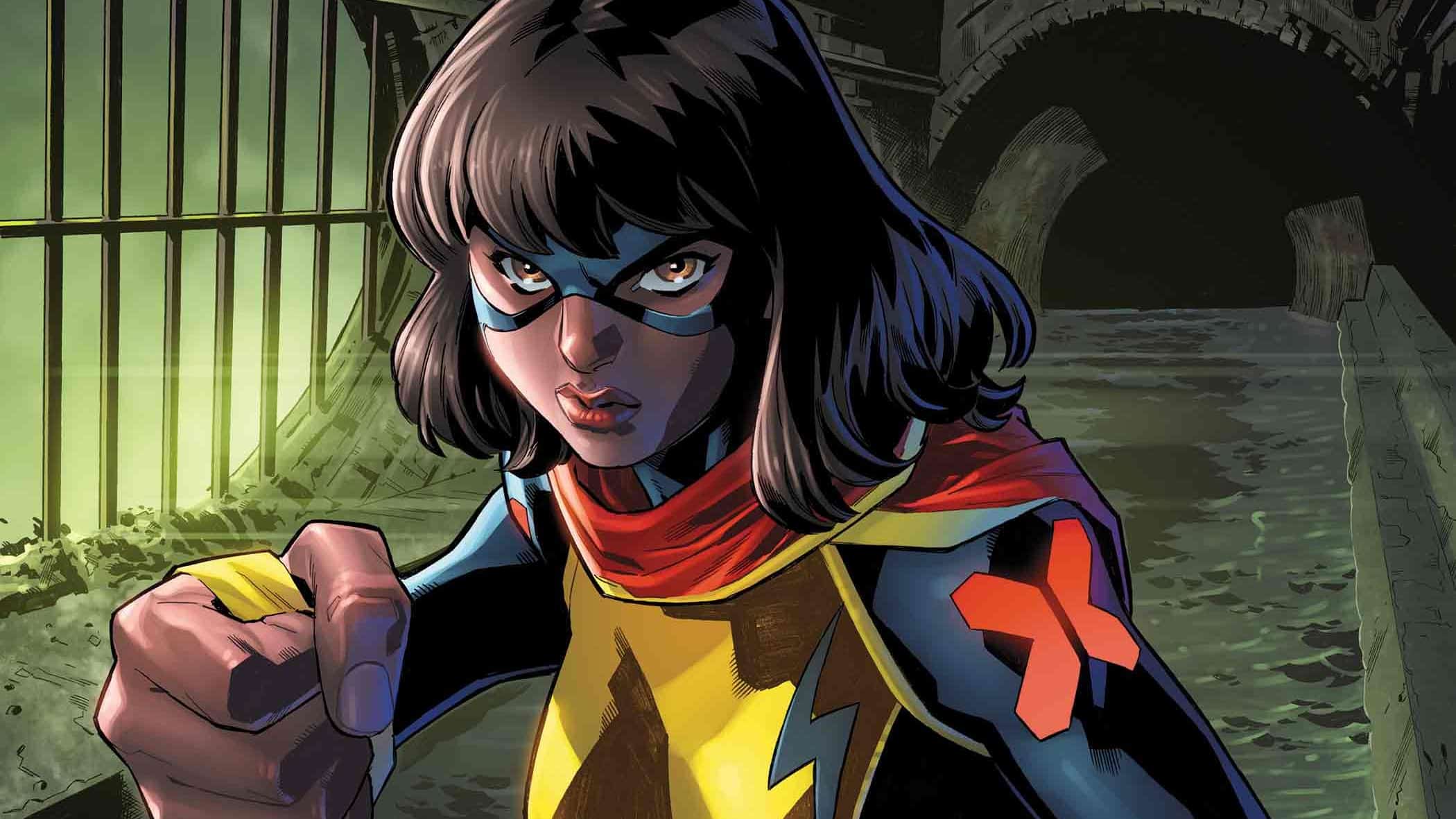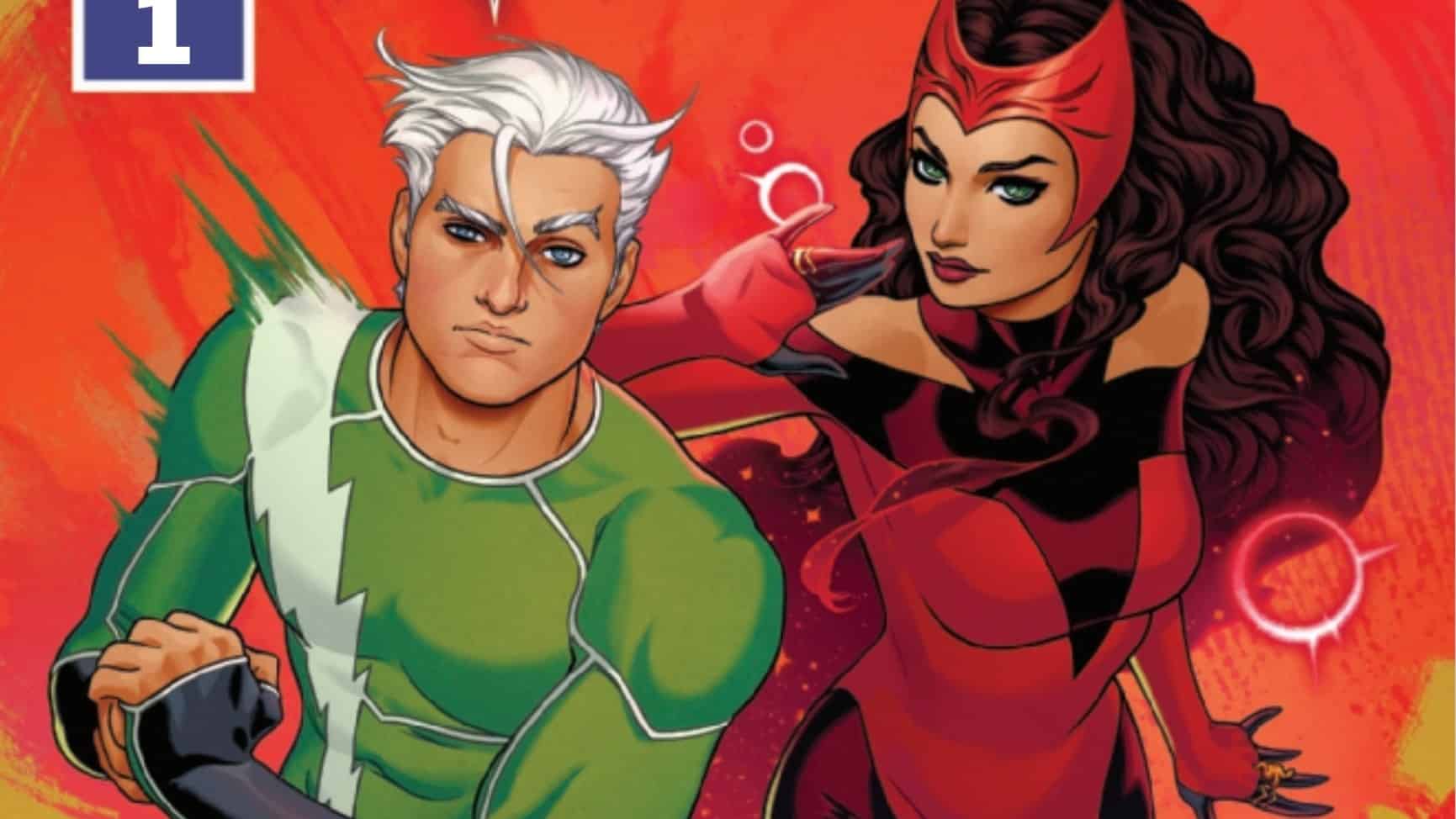In their first series of Shang-Chi, Gene Luen Yang and Dike Ruan reexamined the character, ahead of his feature film debut. It was no small task. Shang-Chi was created as a spin-off of Sax Rohmer’s Fu Manchu, a character that was considered offensively racist back in the 1930s. But Yang was largely successful in recontextualizing the character’s history for the modern era while providing him with a new status quo. While their first go-round on the title looked internal, Yang and Ruan look external for Shang-Chi #2, and it is for the better.
The enduring strength of the Marvel Universe, a strength it shares with its Distinguished Competition, is that it’s a world where anything can happen, every myth is real and there’s enough cultural shorthand that readers can accept it without any real explanation. It becomes a litmus test for any character to see how they interact with that world. We know how Spider-Man or Captain America reacts to Madame Hydra or MODOK, so we can use that background as a foil to how Shang-Chi reacts. For a character with over 100 issues published in the Marvel Universe, Shang-Chi has rarely strayed out of his pulpy, street level, kung fu bubble. Giving him a chance to stretch here is inspired.
In his new role as the Supreme Commander of the Five Weapons, Shang-Chi is conflicted. He’s the head of the criminal organization his father once ruled with an iron fist and trying to redirect it into a force for good. Unfortunately, the access it gives him to the underworld puts him at odds with heroes and villains alike. Last issue, we saw the Master of Kung Fu come to blows with Spider-Man. In this one? It’s Captain America.
Yang shines with writing these established characters. Their voices feel right and he makes a compelling case that Marvel should give him his pick of whatever projects come next. The voices deepen his characters, like Deadly Sabre or Lady Iron Fan, who quickly carve out a niche among better-known players. His dialogue is frequently funny, keeping the lighthearted tone that Marvel has become known for. There may be high stakes, but Yang understands that this is still a superhero comic.
Ruan and colorist Tríona Farrell do a journeyman’s work on this book. The layouts are born from efficiency. They echo the idea that this is a “Marvel Comic”. Which, unfortunately, leads to a pedestrian title. There is nothing in the action that emphasizes Shang-Chi’s deadly hands. There’s a key team-up move late in the issue that should be a focal point of the fight, but Ruan doesn’t put an exclamation mark on it, and the beat falls flat. There’s little in the way of detail or backgrounds, forcing Farrell’s color’s to be overpowering gradients that add to the blasé feel. Reading this makes me yearn for more style and less house.
In the end, Shang-Chi #2 is exactly the sum of its parts. It asks: what if Shang-Chi did more generic comic plots? Surely it helps us better understand the character and his place in this world, but it comes at the expense of memorability. With a few dialogue tweaks, Shang-Chi could be replaced with any number of characters, and this would be another disposable book. No matter what Yang puts into building Shang-Chi up, it’s undermined by a foundation of mediocre art and a plot we’ve seen countless times in the last few years. There’s a lot of potential for this series to shine, but the title has to stop pulling its punches.
Zachary Jenkins runs ComicsXF and is a co-host on the podcast “Battle of the Atom.” Shocking everyone, he has a full and vibrant life outside of all this.

